Jianzhi Sengcan
Third Patriarch of Chinese Chán after Bodhidharma and Huike, thirtieth Patriarch in the line from the Buddha.
Author of the Xinxin Ming.
繼菩提達摩與慧可之後,
佛祖傳法第三十代祖師。
《信心銘》作者。
〈信心铭〉以节奏明快、格言式的诗句写成,阐述觉悟源自于止息分别,不再执著于自与他、是与非。千余年来,它被奉为禅宗思想的基石之一,将道家的自然直觉与佛教的禅修精神融为一体,呈现出一种纯净而无造作的觉悟境界。
SENGCAN AND THE FAITH IN MIND
Sengcan, the Third Patriarch of Chinese Chán Buddhism and successor to the great master Huike, lived during the late sixth century, a time of transition and uncertainty in China. He is said to have realized awakening through direct insight rather than through ritual or scripture, and is remembered as the author of the Xinxin Ming (Tsin-Tsin Ming or Hsin-Hsin Ming), translated as Inscription on Faith in Mind, a concise expression of the essence of Zen.
The Xinxin Ming, composed in rhythmic, aphoristic verse, teaches that enlightenment arises when one ceases to divide the world into self and other, love and hate, right and wrong. For more than a thousand years it has stood as a cornerstone of Chán thought, bridging the intuitive simplicity of Taoism and the meditative discipline of Buddhism into a single vision of direct, uncontrived awareness.
THE GREAT WAY
The Great Way is not difficult for those who have no preferences. When neither love nor hate arises, all is clear and undisguised. Separate by the smallest amount, however, and you are as far from it as heaven is from earth. If you wish to know the truth, then hold to no opinions for or against anything. To set up what you like against what you dislike is the disease of the mind. When the fundamental nature of things is not recognized the mind's essential peace is disturbed to no avail. The Way is perfect as vast space is perfect, where nothing is lacking and nothing is in excess.
THE GREAT WAY
大道
NON-ATTACHMENT
不執著
RETURNING TO SOURCE
回歸本源
MIND & DUALITY
心與二元
LIVING THE WAY
行道
ILLUSION & REALITY
幻實
REALIZATION
覺悟
THE ONE & BEYOND
一與超越





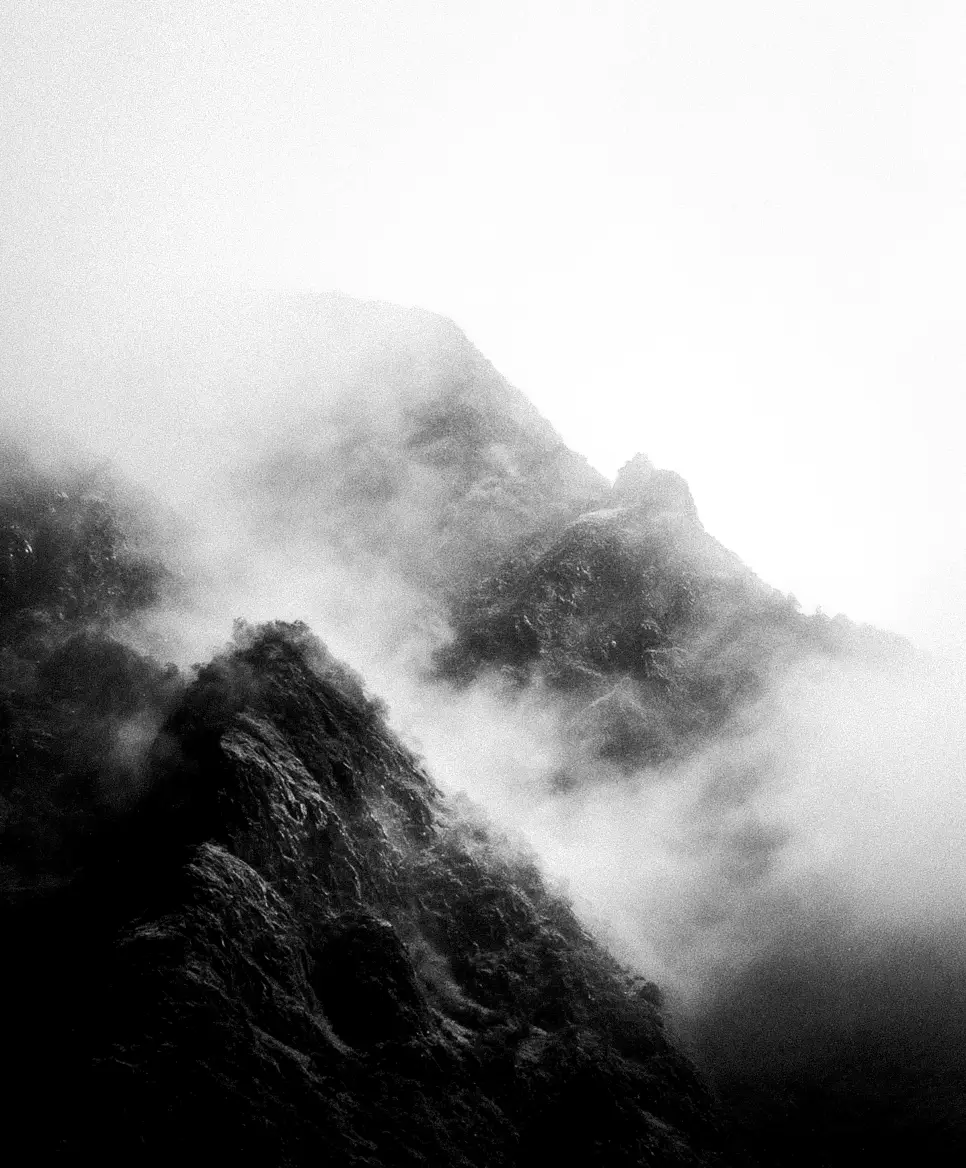


1 / 8
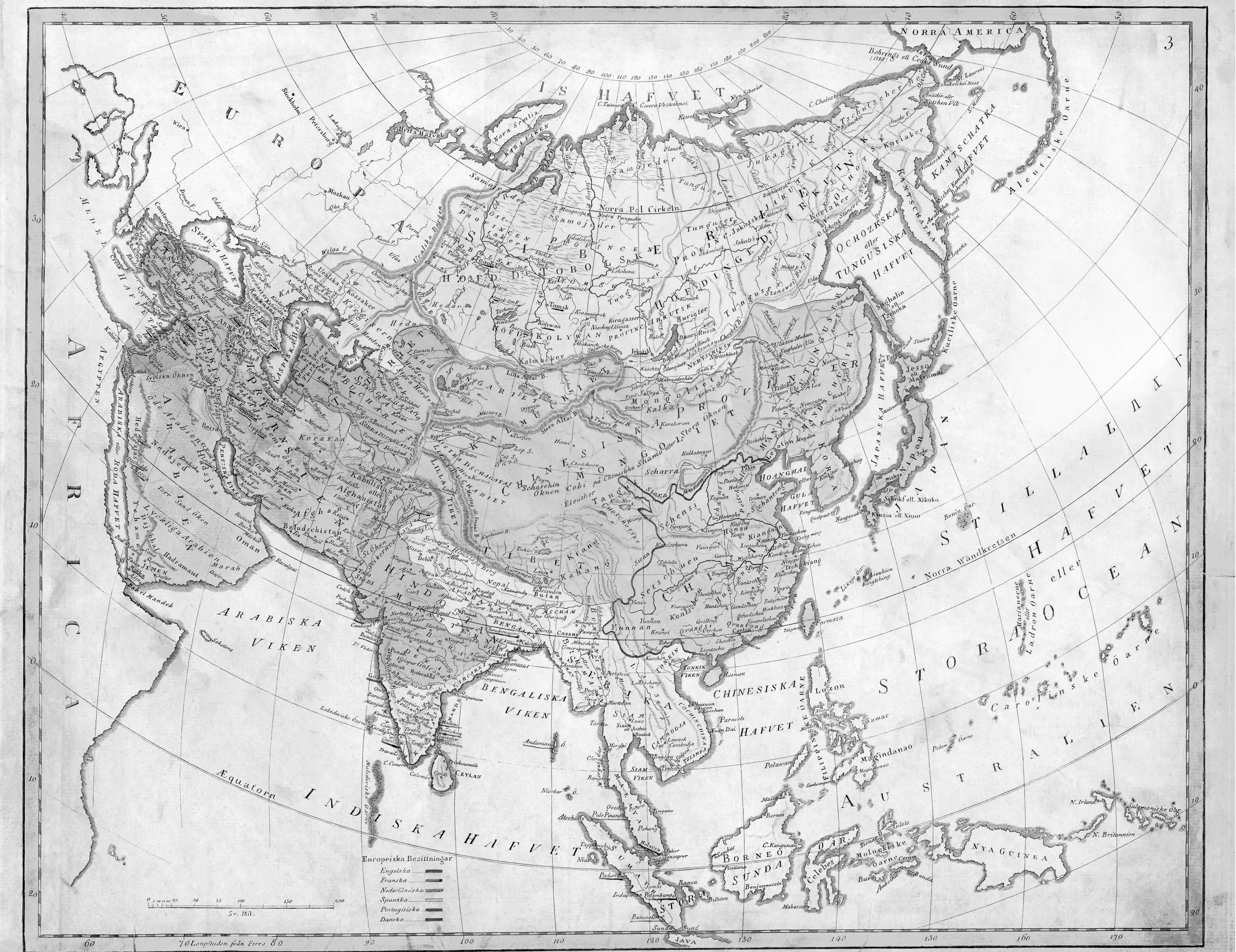

佛陀
Siddhārtha Gautama
Origin of the Dharma
5th c. BCE · Bodh Gaya, India
The awakened one who transmitted the Dharma beneath the Bodhi tree. Site of enlightenment, origin of mind-to-mind transmission.
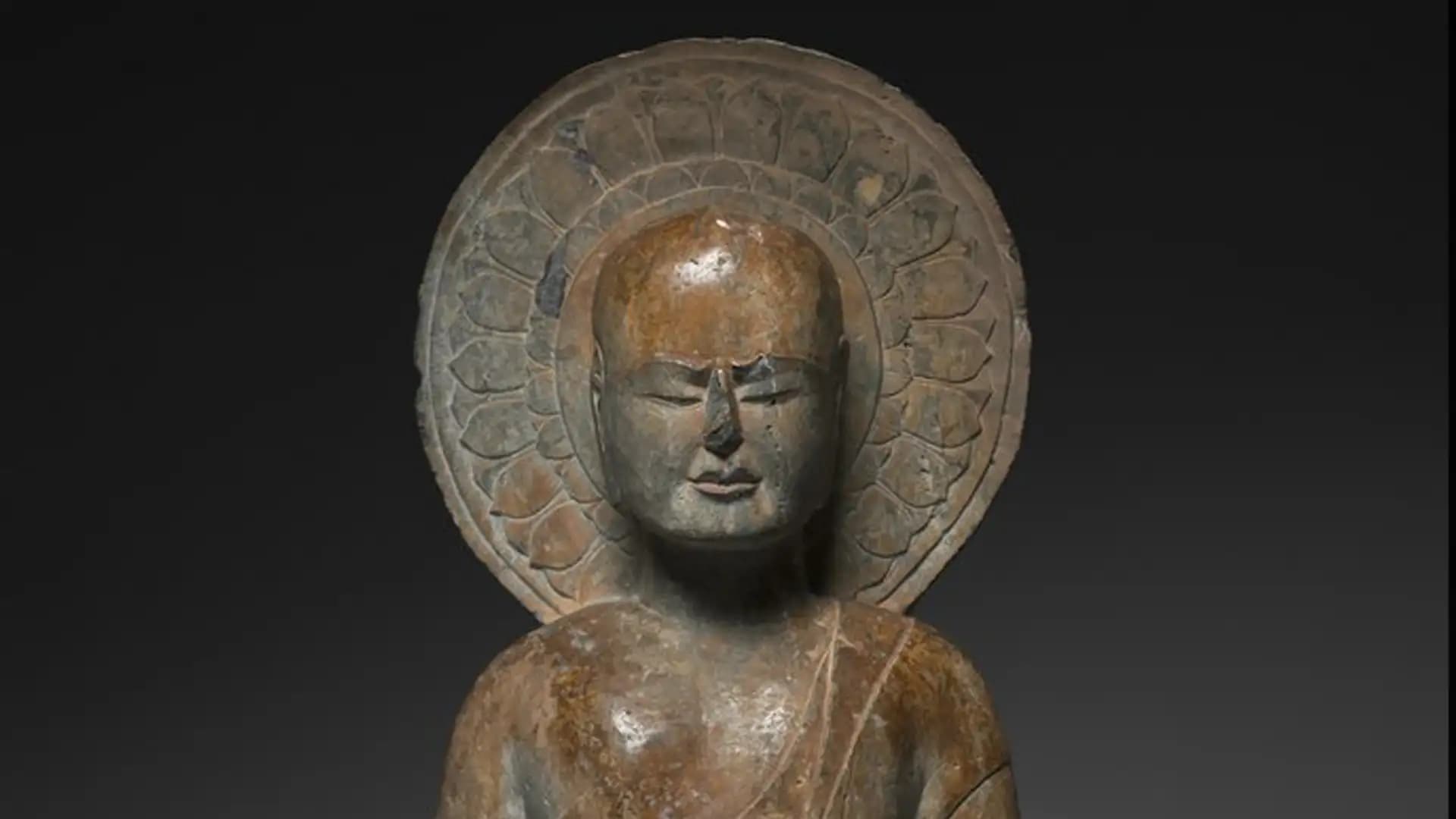
摩訶迦葉
Mahākāśyapa
1st Indian Patriarch
5th c. BCE · Rajgir / Vulture Peak, India
First to receive direct transmission from the Buddha. When the Buddha held up a flower, only Mahākāśyapa smiled.

阿難
Ānanda
2nd Indian Patriarch
5th c. BCE · Kushinagar region, India
Personal attendant of the Buddha and key oral transmitter of the teachings. His memory preserved the Dharma.
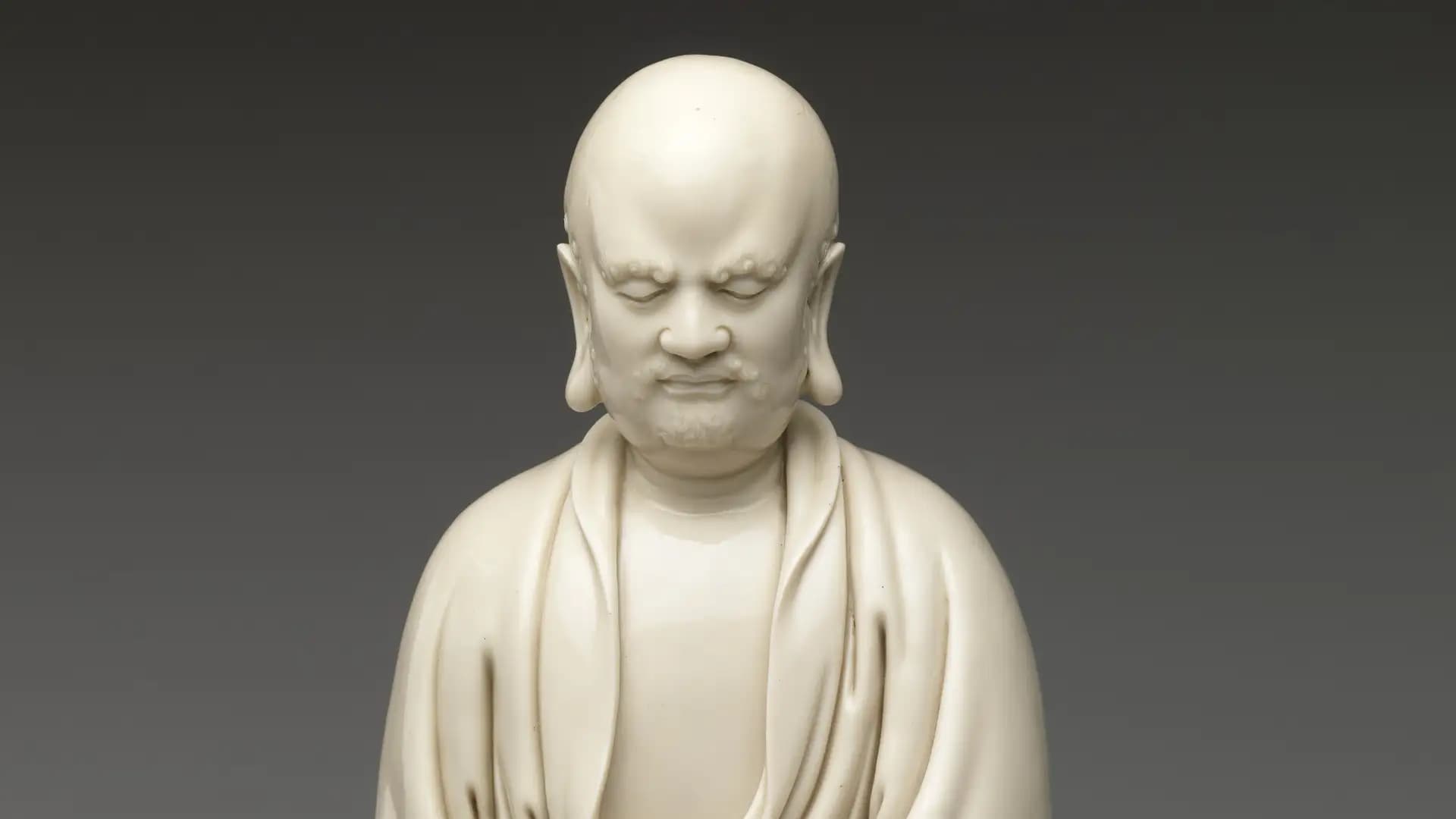
菩提達摩
Bodhidharma
28th Indian / 1st Chinese Patriarch
5th–6th c. · Shaolin Monastery, Henan, China
Brought meditation lineage to China. Nine years facing the wall at Shaolin, transmitting the wordless teaching.
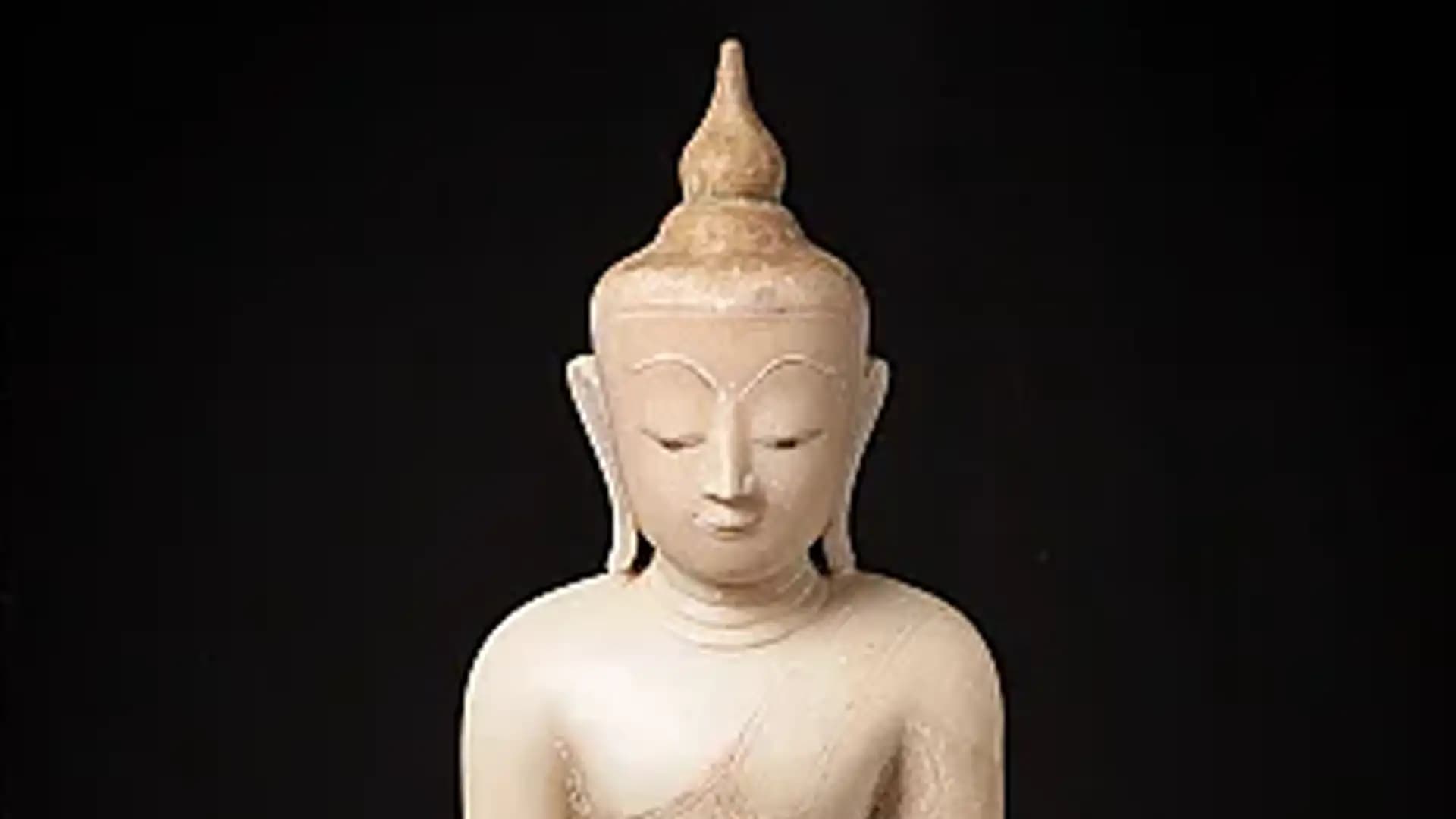
慧可
Dazu Huike
2nd Chinese Patriarch
487–593 · Shaolin region / Mount Song, Henan
Received Bodhidharma's robe and bowl. His unwavering dedication carried the Dharma through times of persecution.
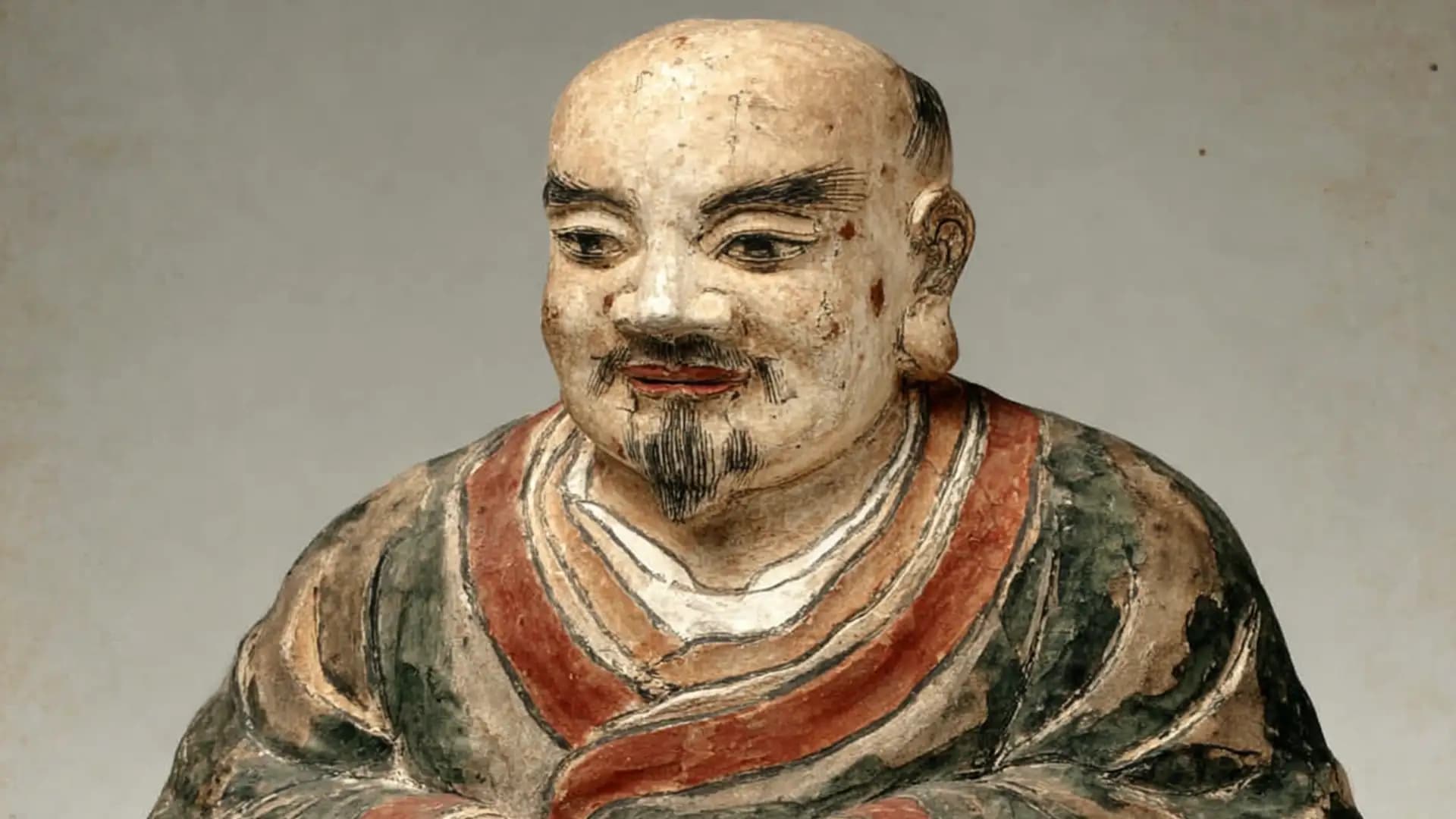
僧璨
Jianzhi Sengcan
3rd Chinese Patriarch
d. 606 · Mount Luofu, Guangdong
Author of Xinxin Ming (Faith in Mind). Associated with solitude and formless practice, teaching the way of non-duality.
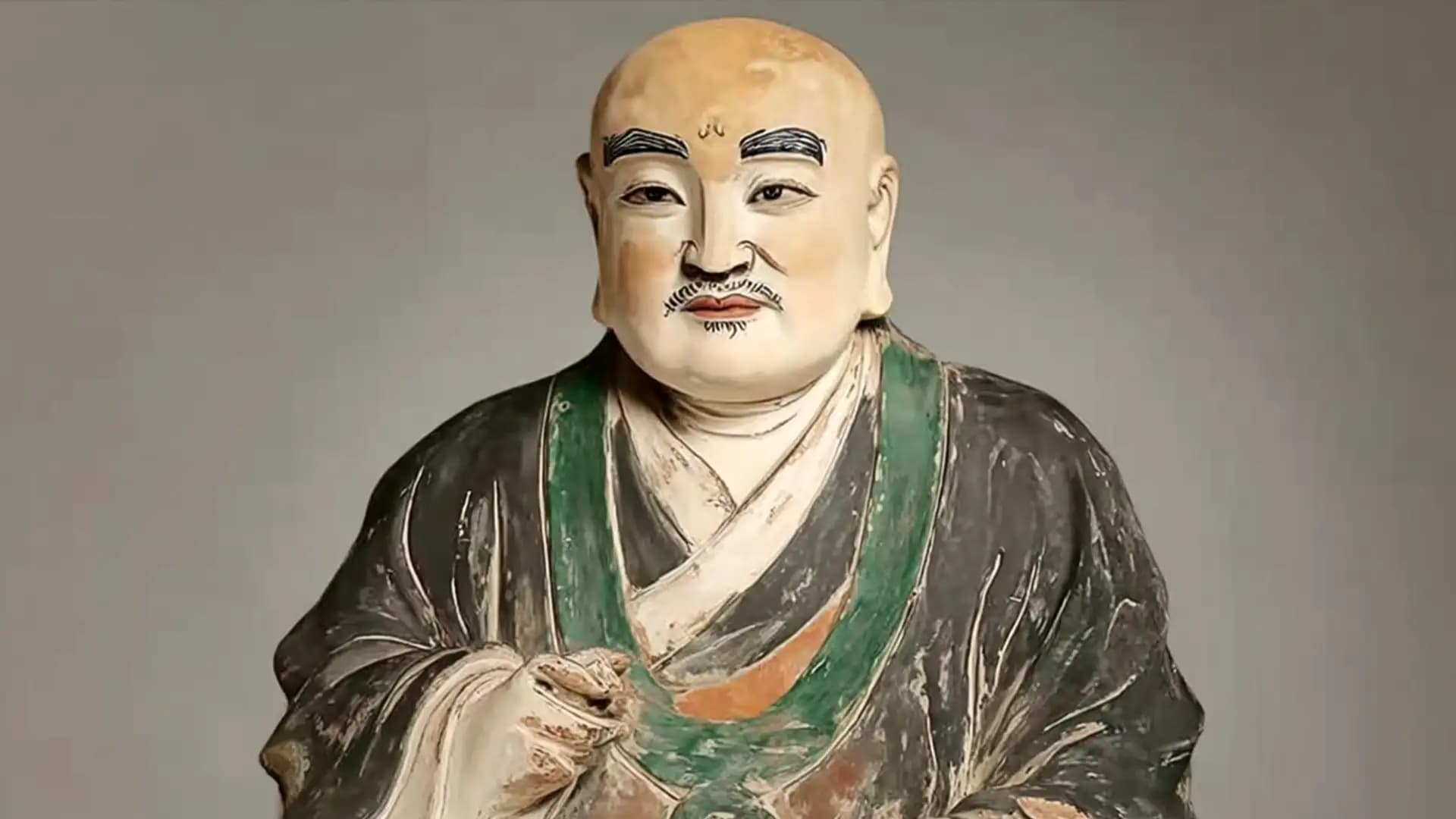
道信
Dayi Daoxin
4th Chinese Patriarch
580–651 · Sizu Temple, Huangmei County, Hubei
Founder of early monastic Chan community. Integrated meditation with daily labor at Twin Peaks monastery.
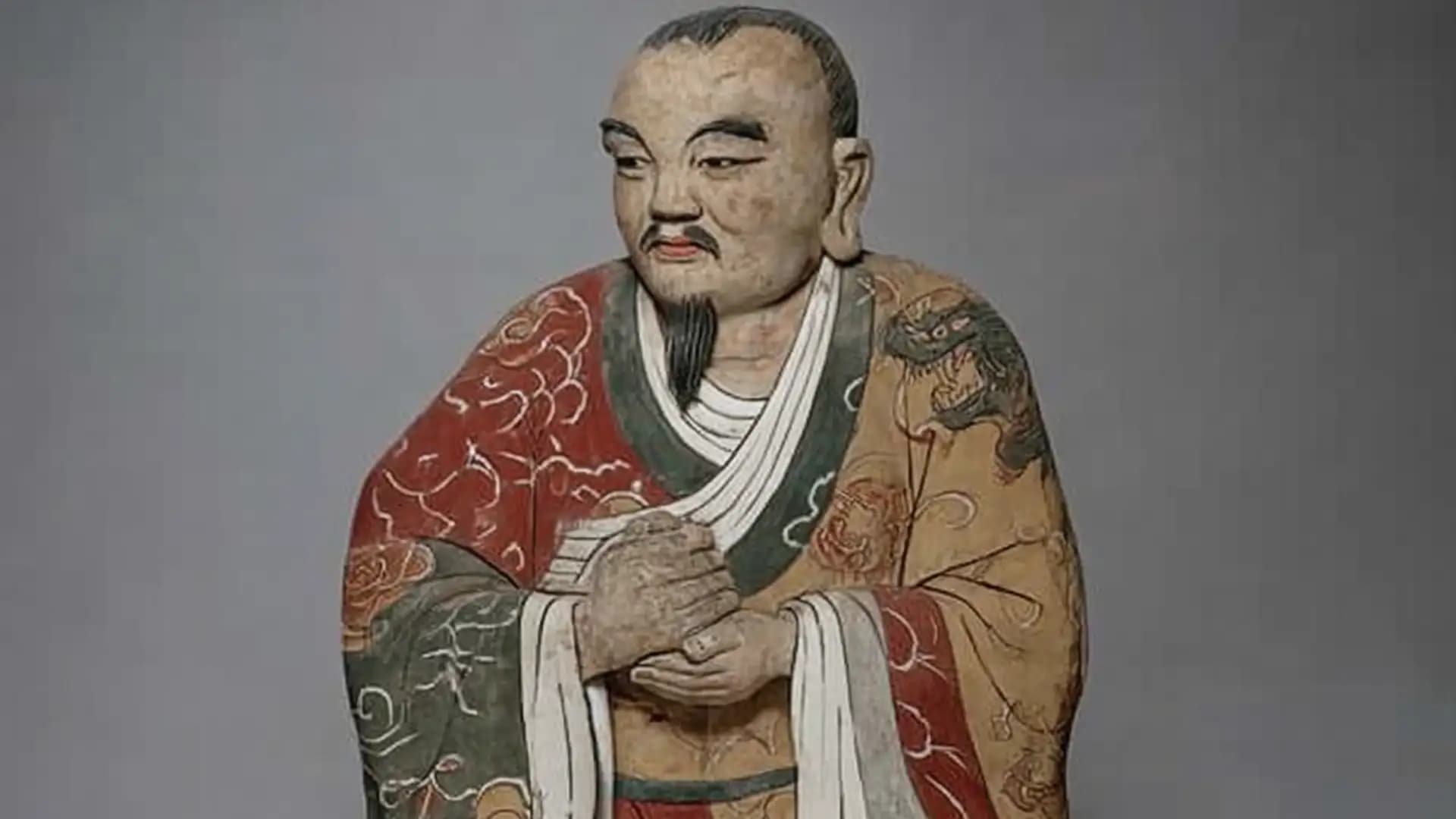
弘忍
Daman Hongren
5th Chinese Patriarch
601–674 · Wuzu Temple, Huangmei vicinity, Hubei
Teacher of Huineng. His East Mountain teaching consolidated Chan practice and became the crucible of its flowering.
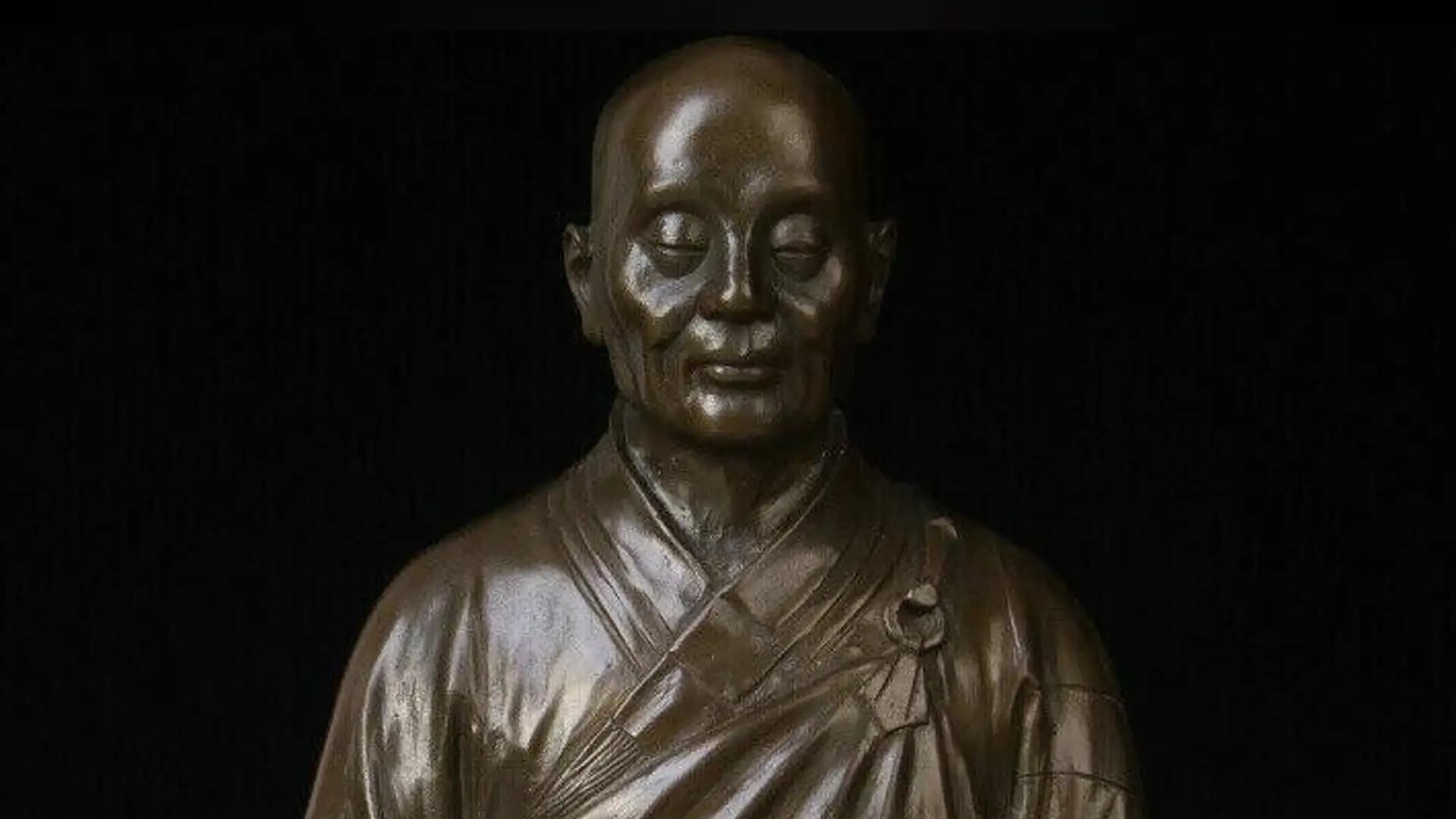
慧能
Huineng
6th Chinese Patriarch
638–713 · Nanhua Temple, Shaoguan, Guangdong
Emphasized sudden awakening and became cornerstone of later Chan/Zen. His Platform Sutra spread the teaching throughout the world.
1 / 9
Contact
Share a brief note or request. We'll get back to you soon.